Home>Construction & Tools>Electrical and Plumbing Systems>How Much Power Does An EV Charger Use
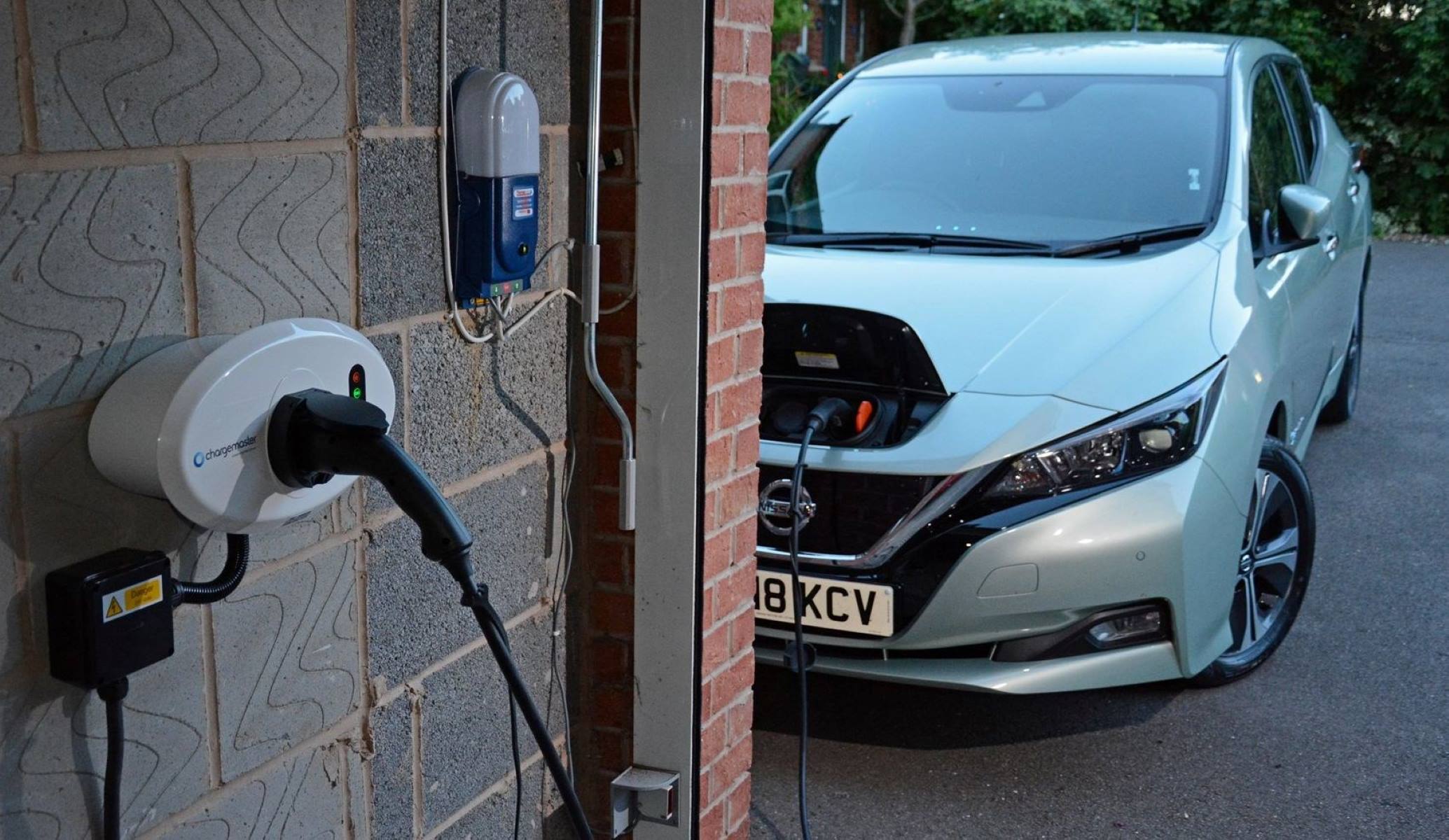

Electrical and Plumbing Systems
How Much Power Does An EV Charger Use
Modified: August 16, 2024
Learn about the power consumption of EV chargers and their impact on electrical and plumbing systems. Understand the energy usage and requirements for efficient charging.
(Many of the links in this article redirect to a specific reviewed product. Your purchase of these products through affiliate links helps to generate commission for Storables.com, at no extra cost. Learn more)
Introduction
Electric vehicles (EVs) have revolutionized the way we think about transportation. As more individuals and businesses embrace the environmental and economic benefits of EVs, the demand for electric vehicle chargers has surged. However, with this surge comes the need to understand and manage the power consumption of EV chargers effectively.
In this comprehensive guide, we will delve into the intricacies of EV chargers, shedding light on their power usage and the factors that influence it. Whether you are a proud owner of an electric vehicle or a business looking to install EV charging stations, this article will equip you with the knowledge needed to make informed decisions and optimize power usage.
Join us as we explore the fascinating world of electric vehicle chargers and unravel the mysteries of their power consumption. Let's embark on this enlightening journey together, empowering ourselves with the insights to navigate the evolving landscape of sustainable transportation.
Key Takeaways:
- Electric vehicle (EV) chargers come in different types, each with unique power usage characteristics. Understanding these differences is crucial for optimizing energy consumption and efficient charging experiences.
- Factors such as charger type, battery capacity, and charging infrastructure significantly influence the power consumption of EV chargers. By understanding and managing these factors, individuals and businesses can minimize power usage and promote sustainable transportation.
Read more: How Does An EV Charger Work
Understanding Electric Vehicle (EV) Chargers
Electric vehicle chargers are the lifeline of electric vehicles, providing the essential energy needed to power these eco-friendly mode of transportation. Understanding the fundamental aspects of EV chargers is crucial for both EV owners and businesses aiming to cater to the growing EV market.
EV chargers come in various forms, including Level 1, Level 2, and DC fast chargers. Level 1 chargers are typically used in residential settings and utilize a standard 120-volt AC plug. They are convenient for overnight charging and are compatible with most EVs. On the other hand, Level 2 chargers operate at 240 volts and can charge an EV significantly faster than Level 1 chargers. These are commonly found in public charging stations, workplaces, and homes with higher charging needs. DC fast chargers, also known as Level 3 chargers, are designed for rapid charging, making them ideal for long-distance travel and commercial use.
Furthermore, EV chargers are equipped with essential features such as connectors, cables, and control units that facilitate the charging process. The connectors, such as the SAE J1772 and CHAdeMO, establish the physical connection between the charger and the vehicle, enabling the transfer of power. Additionally, the control units within the chargers manage the flow of electricity, ensuring safe and efficient charging.
It is important to note that the power usage of EV chargers is influenced by various factors, including the charger type, the vehicle’s battery capacity, and the charging infrastructure. By gaining a deeper understanding of these factors, EV owners and charging station operators can optimize power usage and enhance the overall charging experience.
Now that we have laid the groundwork for comprehending EV chargers, let’s explore the factors that play a pivotal role in determining the power consumption of these indispensable devices.
Factors Affecting Power Consumption of EV Chargers
The power consumption of electric vehicle (EV) chargers is influenced by a multitude of factors, each playing a crucial role in determining the energy usage and efficiency of the charging process. Understanding these factors is essential for optimizing power consumption and making informed decisions regarding EV charger installation and usage.
Charger Type: The type of EV charger significantly impacts power consumption. Level 1 chargers, operating at 120 volts, deliver a lower charging rate compared to Level 2 chargers, which typically operate at 240 volts. DC fast chargers, designed for rapid charging, consume a substantial amount of power due to their high charging capacity. The choice of charger type directly affects the energy consumption and charging duration.
Battery Capacity: The battery capacity of the electric vehicle plays a pivotal role in power consumption. Vehicles with larger battery capacities require more energy to reach a full charge compared to those with smaller batteries. Understanding the specific energy requirements of different EV models is essential for accurately gauging power consumption.
Charging Infrastructure: The infrastructure supporting the EV charging process, including the electrical supply and charging station capabilities, directly influences power consumption. Factors such as the voltage supply, amperage, and the presence of smart charging features can impact the energy efficiency of the charging process. Additionally, the quality and condition of the charging equipment contribute to overall power usage.
Charging Frequency and Duration: The frequency and duration of charging sessions affect the cumulative power consumption of EV chargers. Regular, prolonged charging sessions can result in higher energy usage over time. Understanding the charging patterns and optimizing charging schedules can help manage power consumption effectively.
Environmental Conditions: Environmental factors, such as temperature and humidity, can impact the efficiency of EV chargers and the energy required for charging. Extreme temperatures, especially high heat or cold, can affect the performance of the charging equipment and the battery, influencing power consumption.
By comprehensively understanding these factors, EV owners, businesses, and charging station operators can implement strategies to minimize power consumption, enhance energy efficiency, and contribute to the sustainable integration of electric vehicles into our daily lives. Now, let’s delve into the power usage of different types of EV chargers to gain a deeper insight into their energy requirements.
When charging an electric vehicle, it’s more energy-efficient to use a Level 2 charger (240 volts) than a Level 1 charger (120 volts). This is because Level 2 chargers can deliver more power in a shorter amount of time, reducing overall energy consumption.
Power Usage of Different Types of EV Chargers
Electric vehicle (EV) chargers come in various types, each with distinct power usage characteristics that cater to different charging needs and scenarios. Understanding the power usage of these chargers is essential for optimizing energy consumption and effectively managing the charging process.
Level 1 Chargers: Level 1 chargers, operating at 120 volts, are commonly used in residential settings. They are designed for convenience and are suitable for overnight charging. The power usage of Level 1 chargers is relatively lower compared to higher-voltage chargers, making them a practical choice for homeowners and individuals with standard charging requirements. While the charging duration is longer compared to higher-level chargers, the power consumption aligns with the lower charging rate.
Level 2 Chargers: Level 2 chargers, operating at 240 volts, offer a faster charging rate compared to Level 1 chargers. The increased voltage results in higher power usage during the charging process. These chargers are commonly found in public charging stations, workplaces, and residential settings with higher charging demands. While the power consumption is higher than that of Level 1 chargers, the enhanced charging speed contributes to efficient energy utilization.
DC Fast Chargers (Level 3): DC fast chargers are designed for rapid charging, catering to the needs of long-distance travel and commercial applications. These chargers consume a substantial amount of power due to their high charging capacity and rapid charging capabilities. While the power usage of DC fast chargers is considerably higher than that of Level 1 and Level 2 chargers, the ability to rapidly charge an EV is essential for ensuring seamless and efficient travel experiences.
It is important to note that the power usage of EV chargers is directly correlated with the charging rate and the voltage at which the charging process occurs. While higher-voltage chargers consume more power during the charging process, they offer faster charging times, contributing to overall energy efficiency.
Understanding the power usage of different types of EV chargers enables EV owners, businesses, and charging station operators to make informed decisions regarding charger installation, usage patterns, and energy management. Now, let’s explore essential tips for minimizing power usage and optimizing the efficiency of EV chargers.
Tips for Minimizing Power Usage of EV Chargers
Efficiently managing the power usage of electric vehicle (EV) chargers is essential for promoting sustainability and optimizing energy consumption. By implementing practical tips and strategies, EV owners, businesses, and charging station operators can minimize power usage while ensuring seamless charging experiences.
Opt for Smart Charging Solutions: Smart charging solutions, equipped with advanced energy management features, enable optimized power usage. These solutions allow for the scheduling of charging sessions during off-peak hours when electricity rates are lower, reducing overall charging costs and minimizing strain on the electrical grid.
Utilize Energy-Efficient Chargers: Investing in energy-efficient EV chargers can significantly reduce power usage. Chargers equipped with advanced power management capabilities and high energy conversion efficiency contribute to sustainable charging practices while minimizing energy waste.
Implement Load Management Strategies: For businesses and organizations with multiple EV charging stations, implementing load management strategies can balance power usage across the charging infrastructure. This approach ensures that charging stations operate efficiently without exceeding power capacity limits, optimizing energy distribution.
Monitor and Analyze Charging Patterns: By monitoring and analyzing charging patterns, EV owners and charging station operators can gain insights into power usage trends. Understanding peak charging times, average energy consumption, and charging duration facilitates the development of tailored strategies to minimize power usage and enhance energy efficiency.
Promote Battery Health and Longevity: Maintaining optimal battery health through proper charging practices not only enhances the longevity of EV batteries but also contributes to efficient power usage. Avoiding frequent deep discharges and extreme charge levels can optimize battery performance and reduce the overall energy consumption associated with battery maintenance.
Explore Renewable Energy Integration: Integrating renewable energy sources, such as solar power, into EV charging infrastructure can minimize reliance on traditional grid power, reducing overall power usage and environmental impact. Leveraging clean energy sources aligns with sustainable charging practices and promotes eco-friendly transportation.
Educate and Encourage Efficient Charging Behaviors: Educating EV owners and users about efficient charging behaviors, such as avoiding unnecessary prolonged charging and unplugging fully charged vehicles promptly, fosters a culture of responsible and mindful energy usage. Encouraging conscious charging practices contributes to overall power optimization.
By incorporating these tips into EV charging practices, individuals and organizations can actively contribute to the reduction of power usage associated with electric vehicle chargers while promoting sustainable and efficient energy management. Now, let’s summarize the key insights and conclude our exploration of EV charger power consumption.
Read more: What Is The Fastest EV Charger
Conclusion
As electric vehicles (EVs) continue to redefine the landscape of sustainable transportation, understanding and managing the power consumption of EV chargers are paramount. Throughout this comprehensive guide, we have delved into the intricate facets of EV charger power usage, unraveling the factors that influence energy consumption and exploring strategies to minimize power usage effectively.
From the fundamental understanding of EV charger types to the nuanced insights into power usage variations, we have navigated the diverse terrain of EV charging, empowering EV owners, businesses, and charging station operators with the knowledge needed to make informed decisions and optimize energy consumption.
By comprehending the factors affecting power consumption, including charger type, battery capacity, charging infrastructure, charging frequency, and environmental conditions, stakeholders in the EV ecosystem can implement tailored approaches to minimize power usage while ensuring efficient and sustainable charging experiences.
Furthermore, the exploration of different types of EV chargers has shed light on the power usage characteristics of Level 1, Level 2, and DC fast chargers, providing valuable insights into the energy requirements of each charger type and their respective roles in the charging ecosystem.
Embracing practical tips for minimizing power usage, such as leveraging smart charging solutions, utilizing energy-efficient chargers, and promoting battery health, enables individuals and organizations to actively contribute to sustainable energy management while embracing the benefits of electric mobility.
As we navigate the evolving landscape of electric vehicle technology and infrastructure, the optimization of power usage in EV chargers stands as a testament to our commitment to environmental stewardship, energy efficiency, and the seamless integration of electric vehicles into our daily lives.
Armed with the knowledge and insights presented in this guide, we are poised to embark on a journey towards a future where electric vehicle charging is synonymous with responsible energy consumption and sustainable transportation.
Let us continue to champion the optimization of power usage in EV chargers, paving the way for a greener, more efficient, and electrifying future.
Frequently Asked Questions about How Much Power Does An EV Charger Use
Was this page helpful?
At Storables.com, we guarantee accurate and reliable information. Our content, validated by Expert Board Contributors, is crafted following stringent Editorial Policies. We're committed to providing you with well-researched, expert-backed insights for all your informational needs.
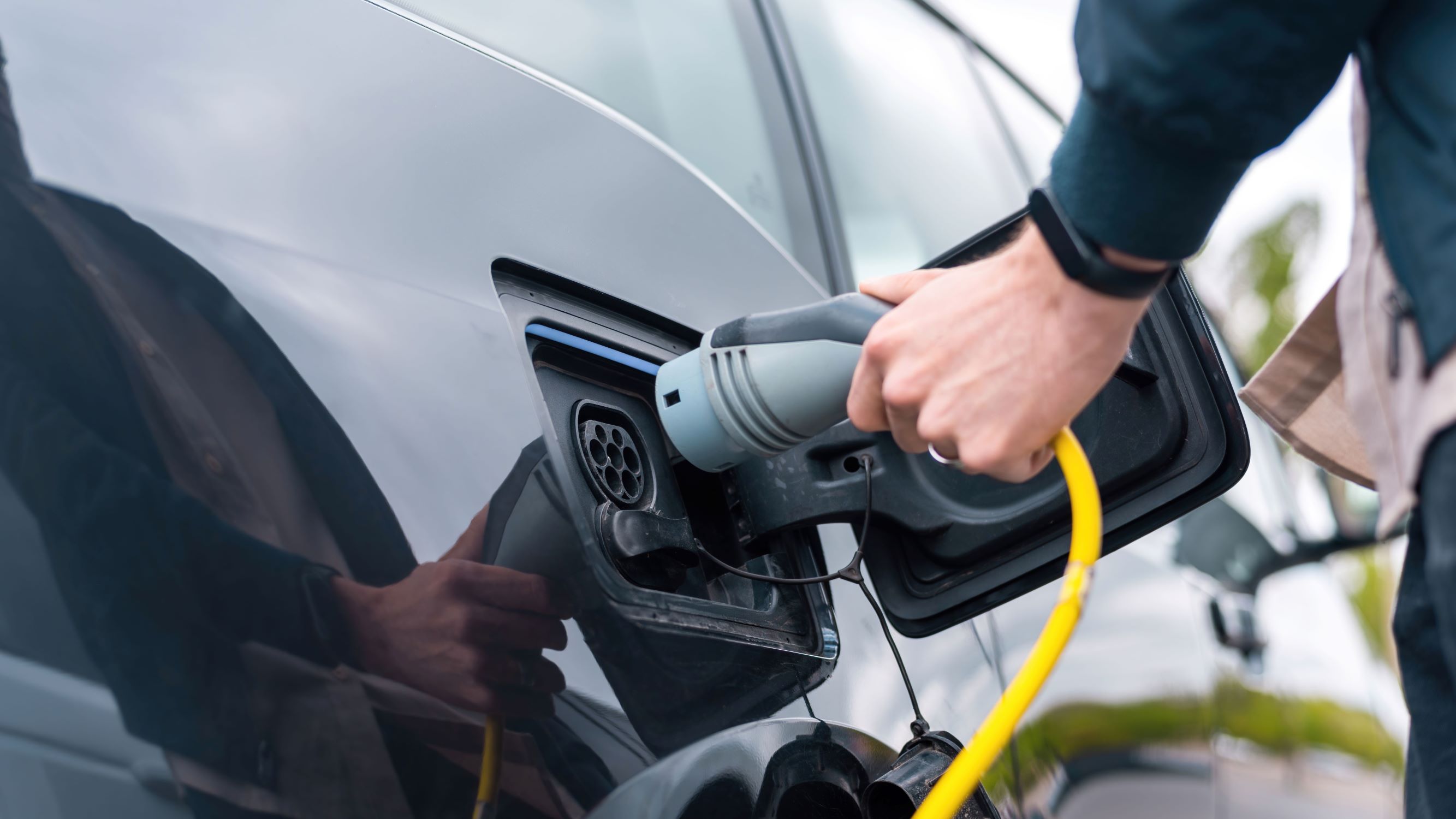
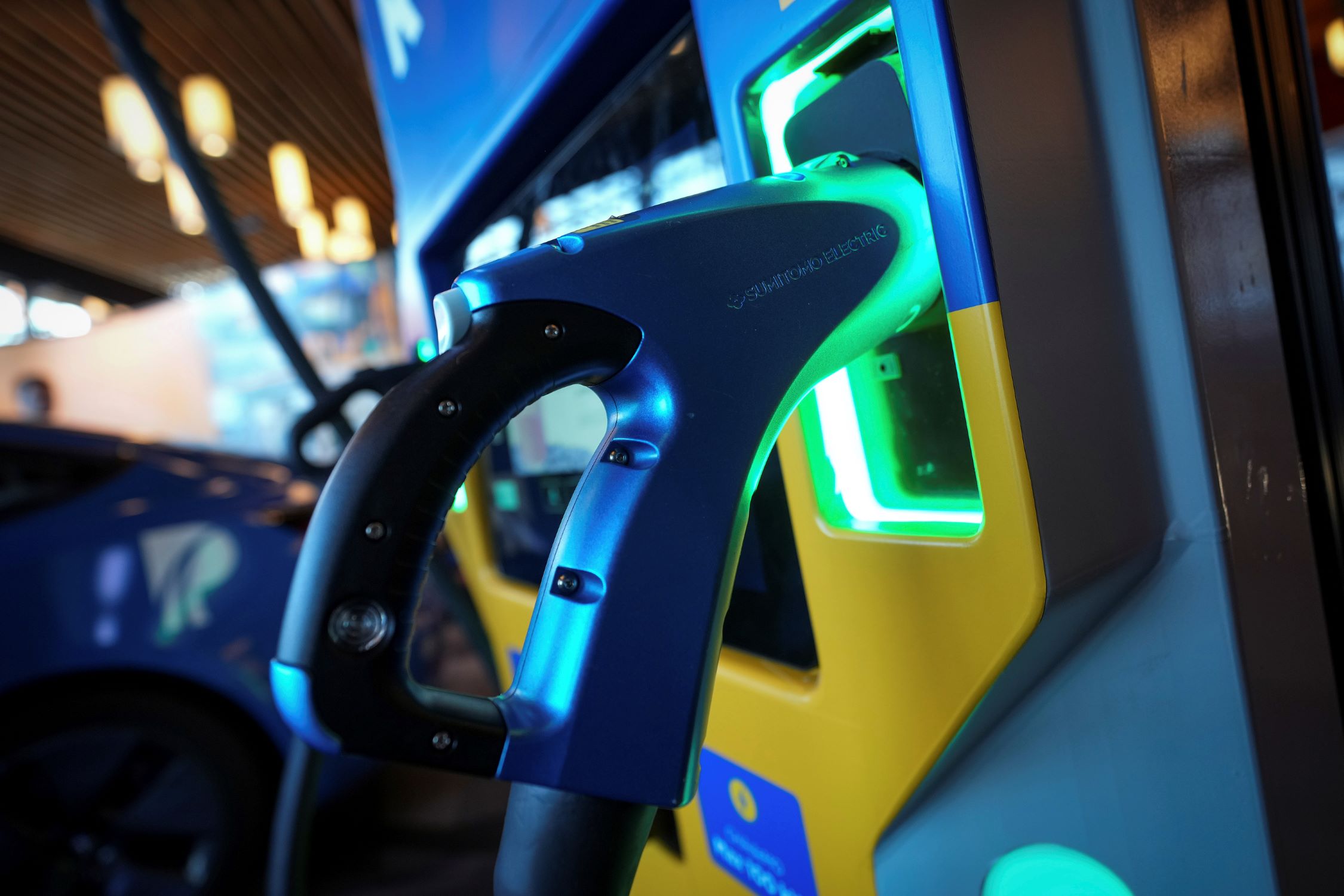
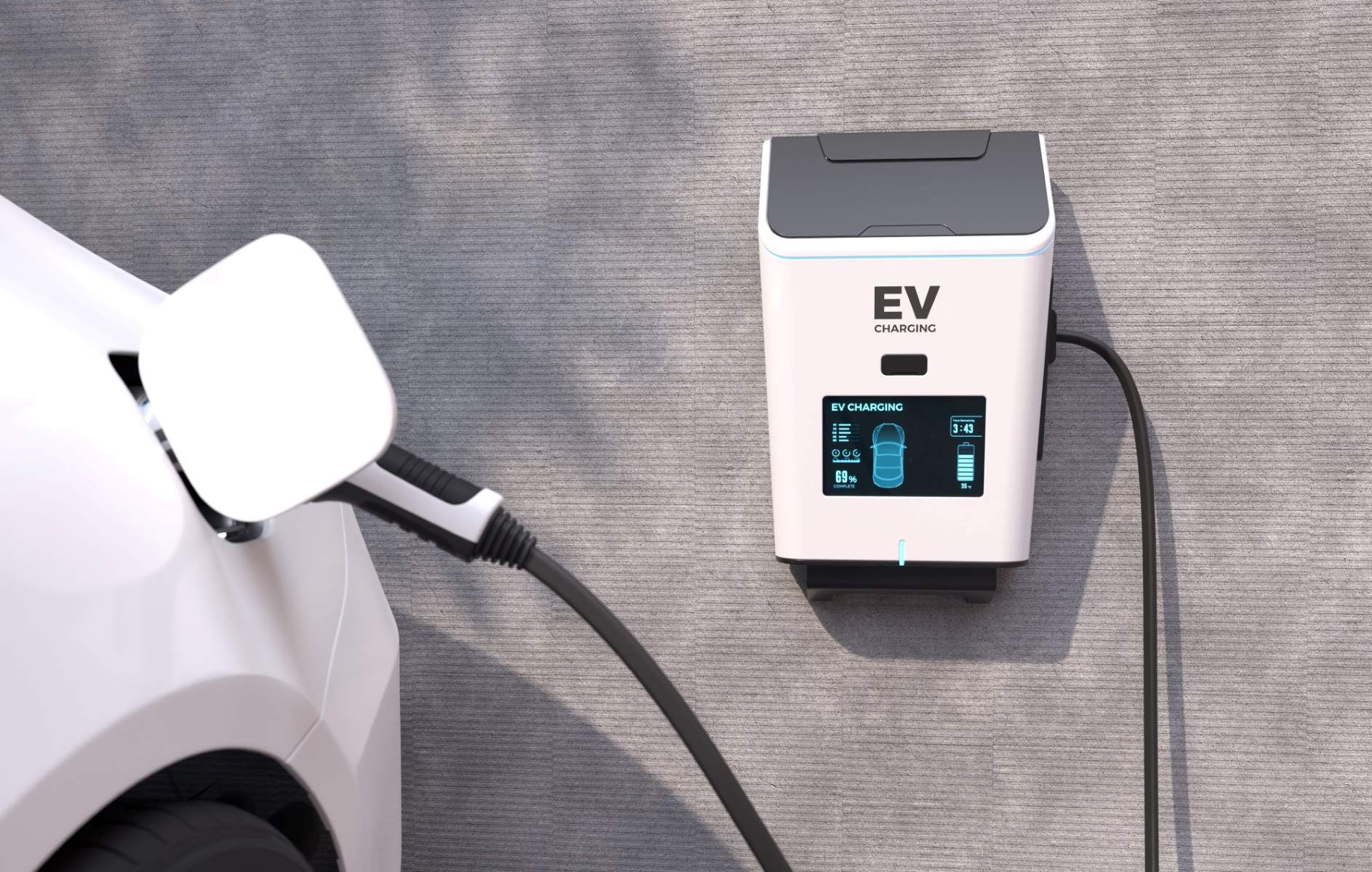
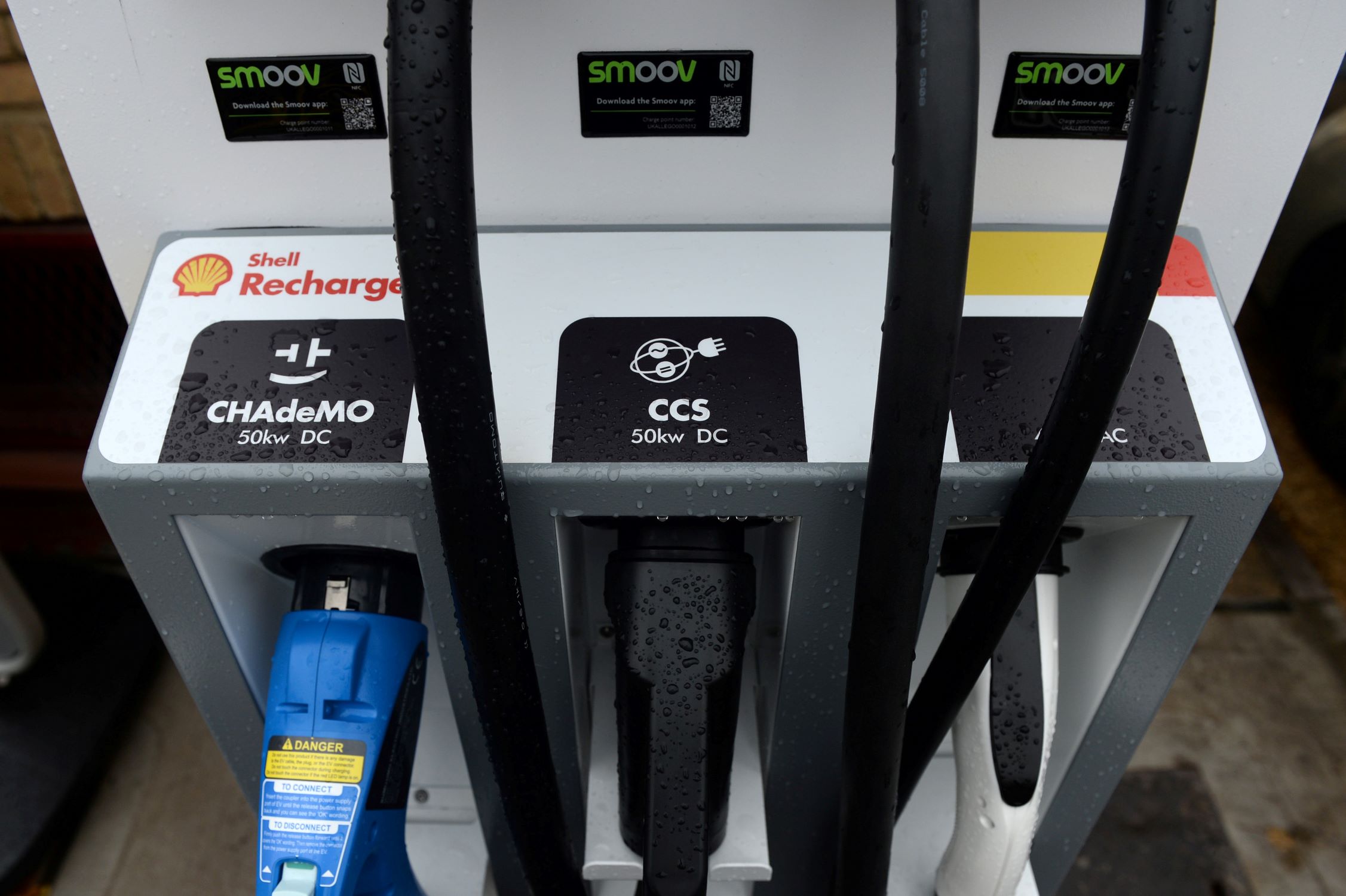
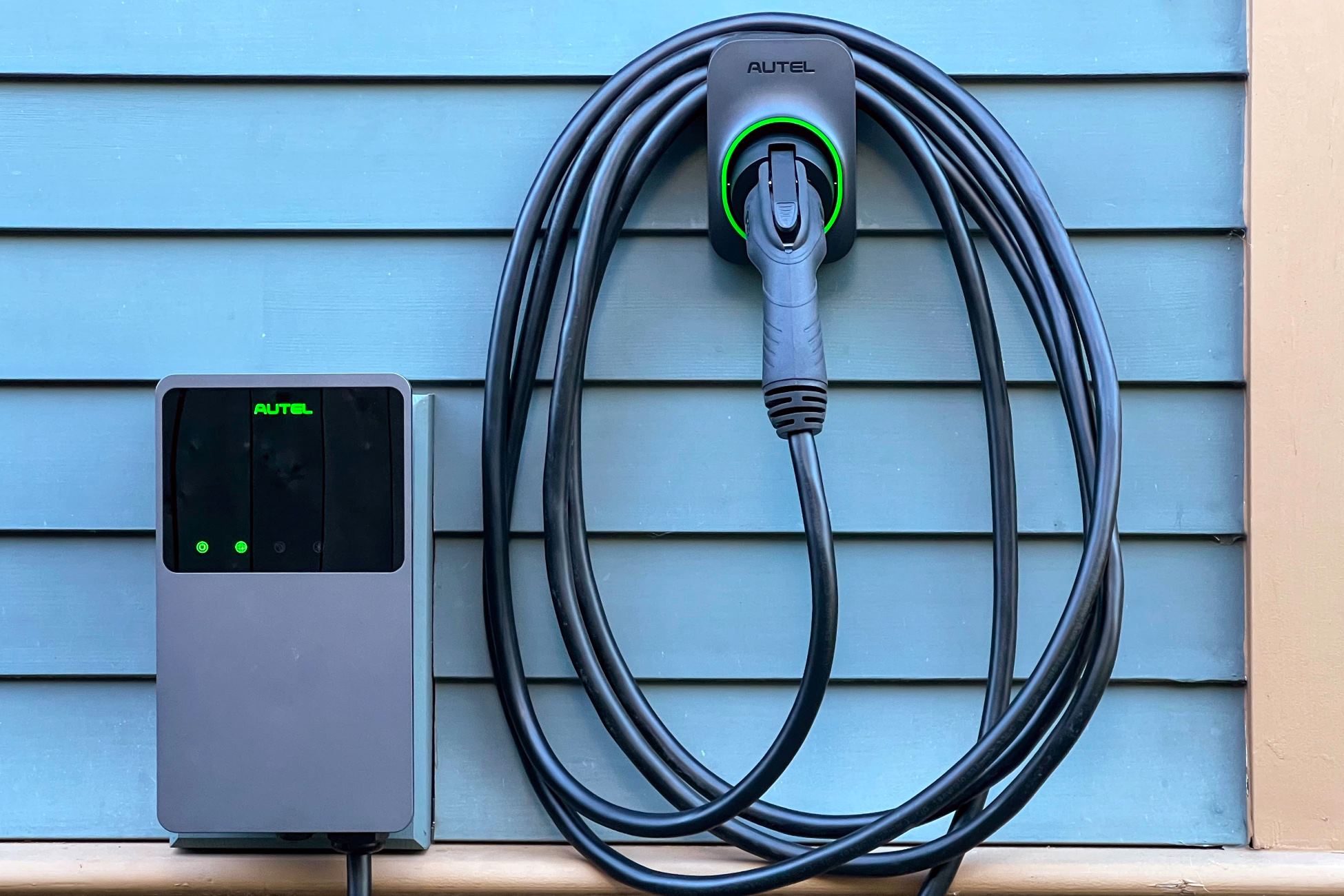
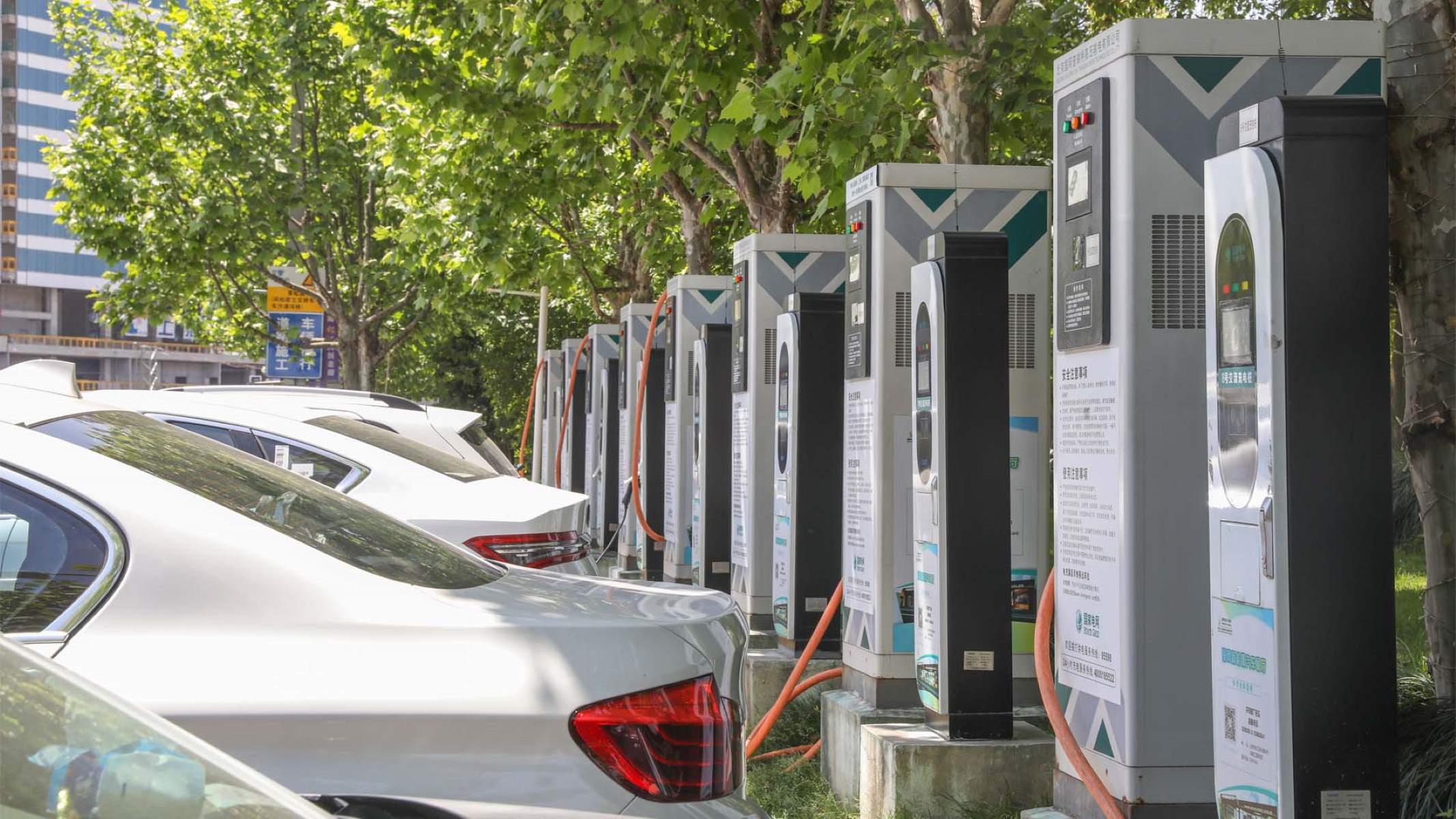
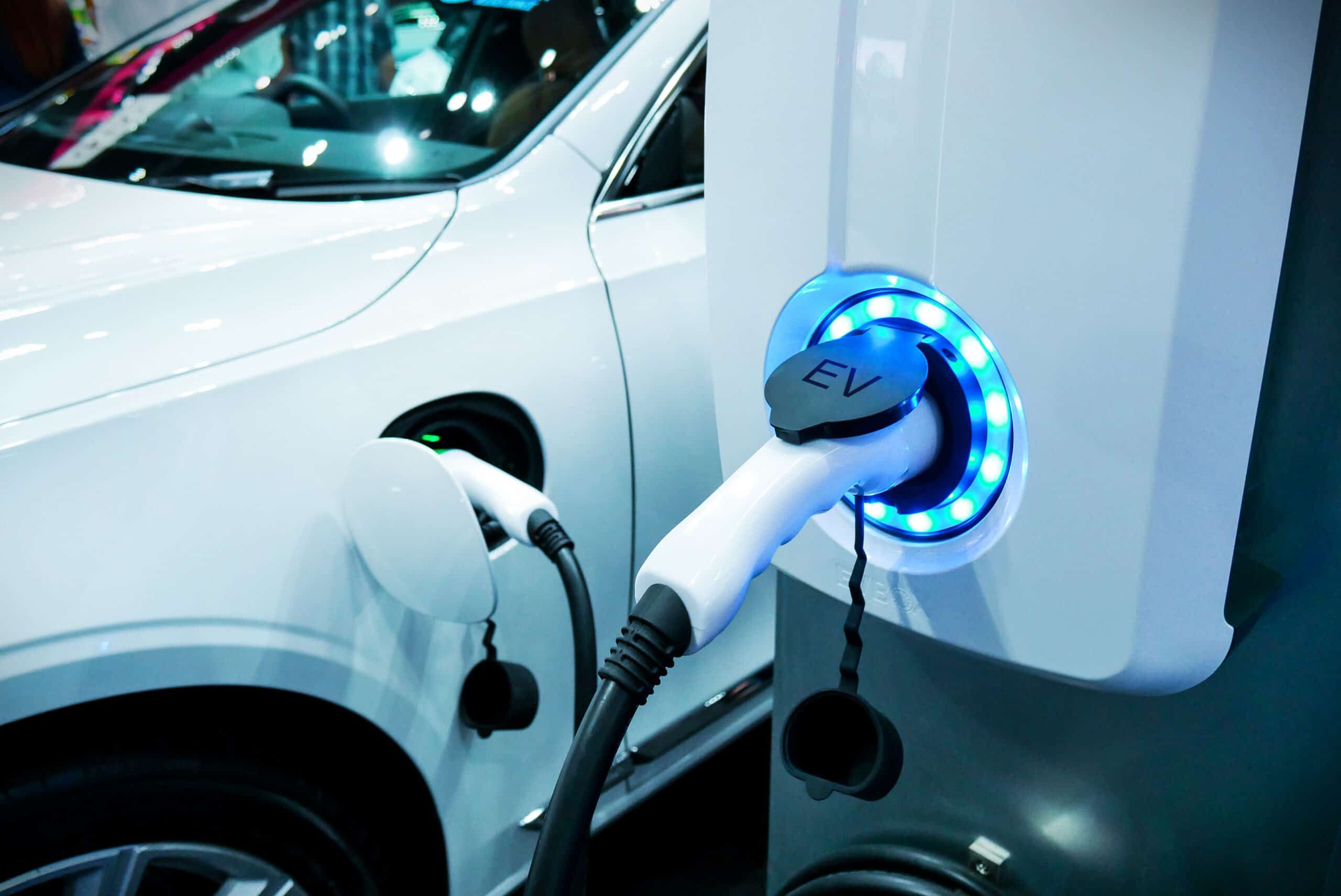
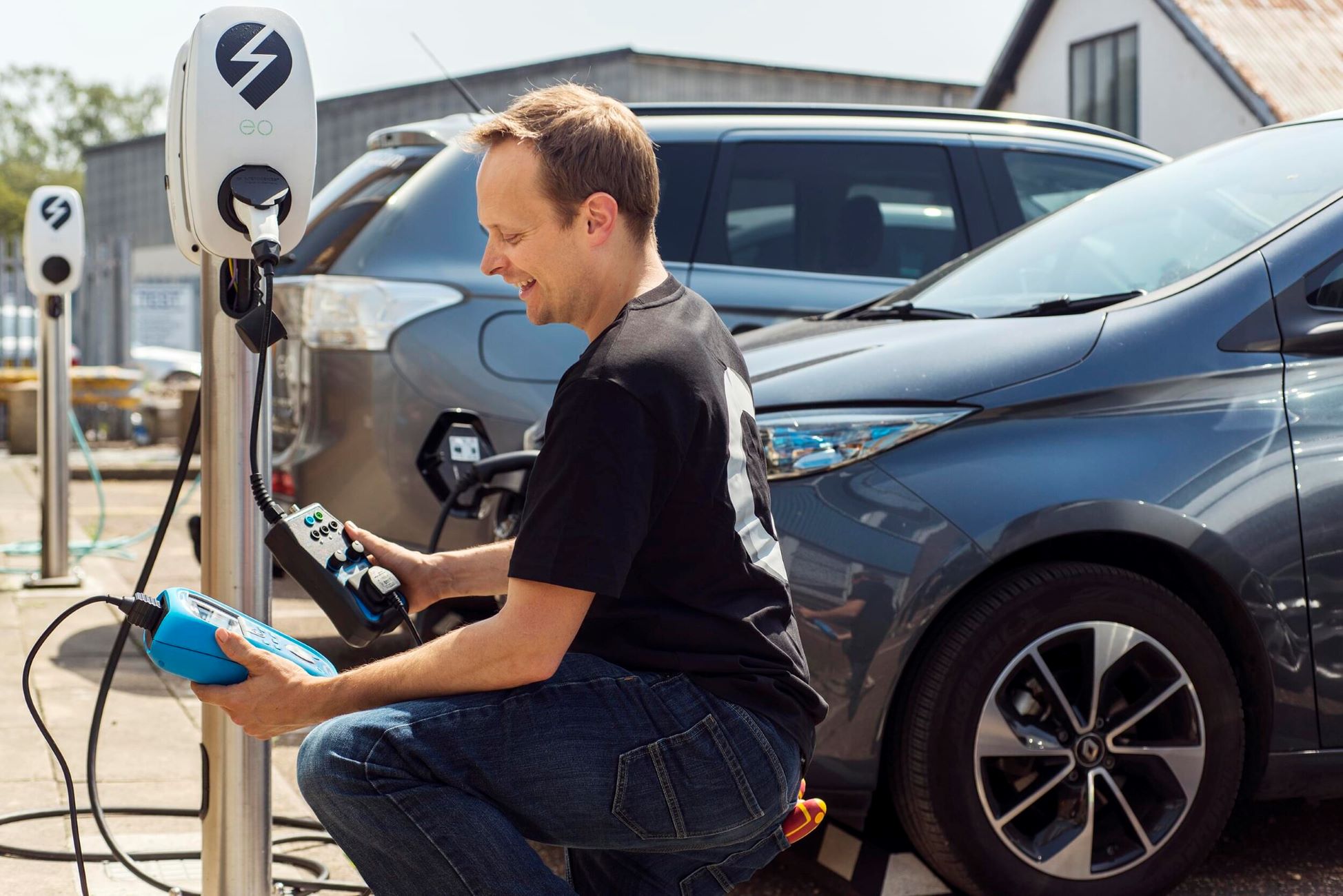
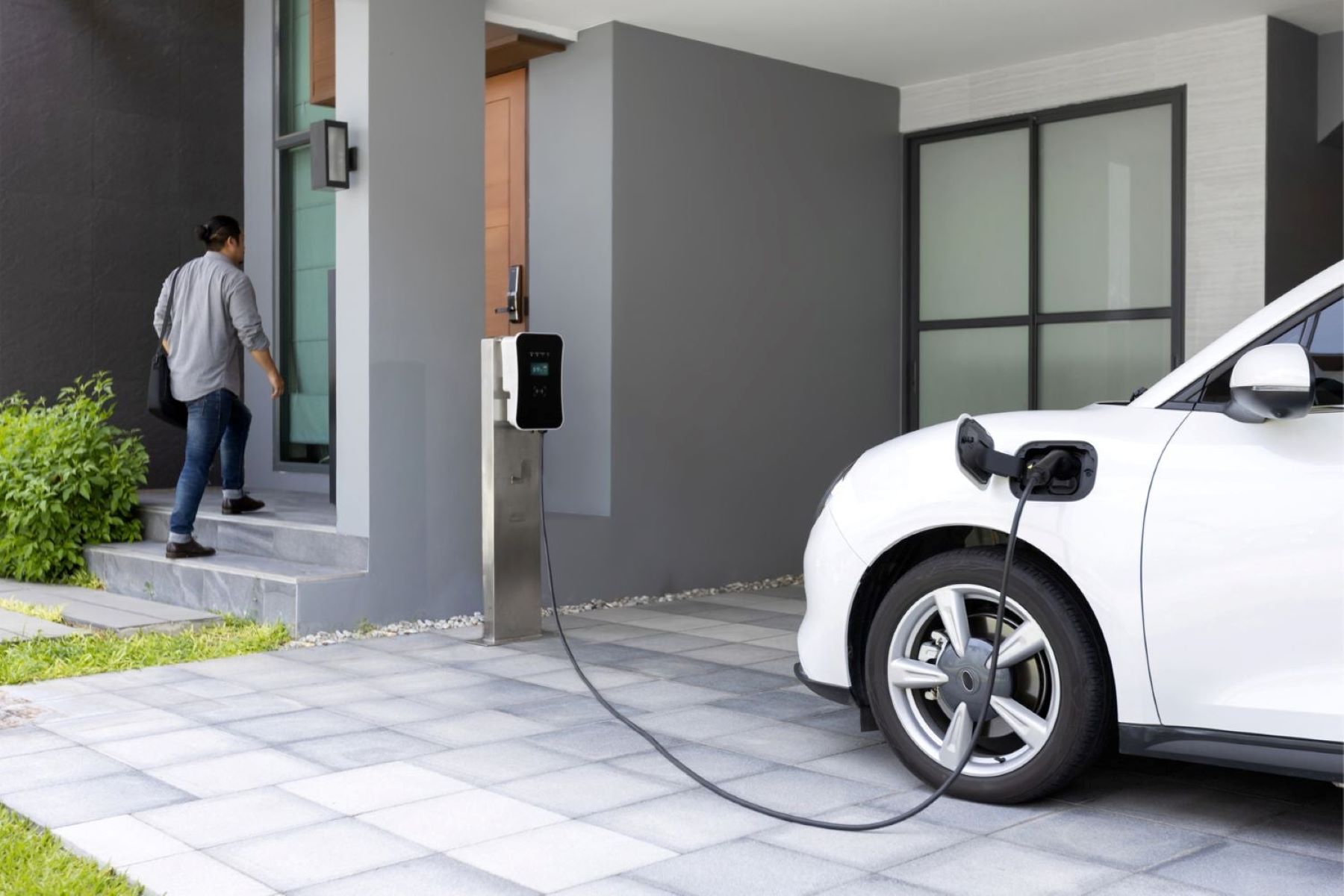




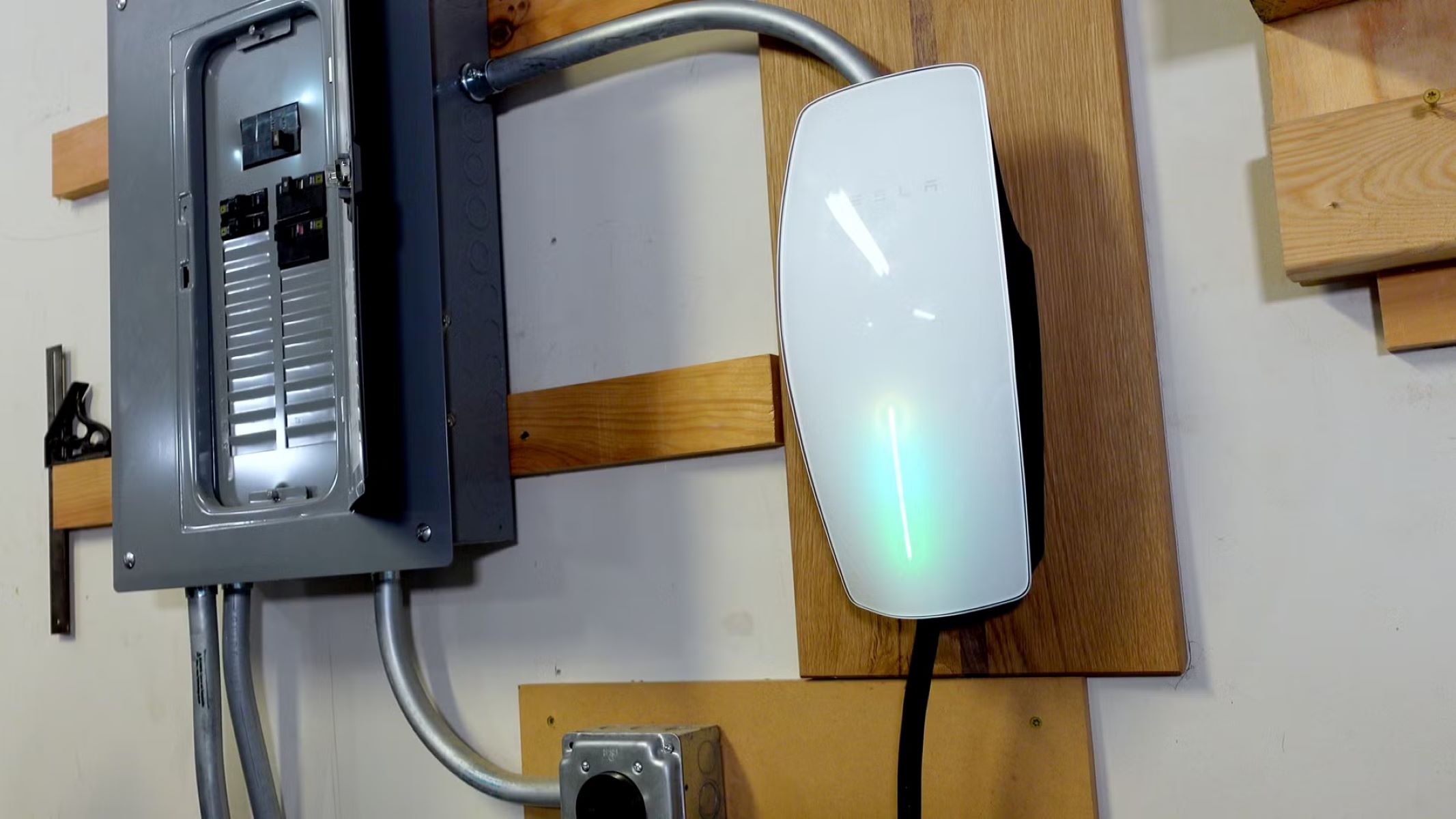

0 thoughts on “How Much Power Does An EV Charger Use”